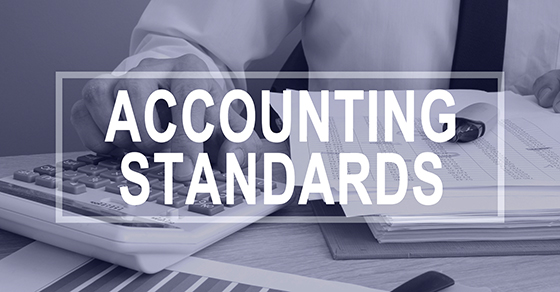
If you’re a business owner and you hire your children (or grandchildren) this summer, you can obtain tax breaks and other nontax benefits. The kids can gain on-the-job experience, save for college and learn how to manage money. And you may be able to:
- Shift your high-taxed income into tax-free or low-taxed income,
- Realize payroll tax savings (depending on the child’s age and how your business is organized), and
- Enable retirement plan contributions for the children.
It must be a real job
When you hire your child, you get a business tax deduction for employee wage expenses. In turn, the deduction reduces your federal income tax bill, your self-employment tax bill (if applicable), and your state income tax bill (if applicable). However, in order for your business to deduct the wages as a business expense, the work performed by the child must be legitimate and the child’s salary must be reasonable.
For example, let’s say a business owner operates as a sole proprietor and is in the 37% tax bracket. He hires his 16-year-old son to help with office work on a full-time basis during the summer and part-time into the fall. The son earns $10,000 during 2019 and doesn’t have any other earnings.
The business owner saves $3,700 (37% of $10,000) in income taxes at no tax cost to his son, who can use his 2019 $12,200 standard deduction to completely shelter his earnings.
The family’s taxes are cut even if the son’s earnings exceed his or her standard deduction. The reason is that the unsheltered earnings will be taxed to the son beginning at a rate of 10%, instead of being taxed at his father’s higher rate.
How payroll taxes might be saved
If your business isn’t incorporated, your child’s wages are exempt from Social Security, Medicare and FUTA taxes if certain conditions are met. Your child must be under age 18 for this to apply (or under age 21 in the case of the FUTA tax exemption). Contact us for how this works.
Be aware that there’s no FICA or FUTA exemption for employing a child if your business is incorporated or a partnership that includes nonparent partners.
Start saving for retirement early
Your business also may be able to provide your child with retirement benefits, depending on the type of plan you have and how it defines qualifying employees. And because your child has earnings from his or her job, he can contribute to a traditional IRA or Roth IRA. For the 2018 tax year, a working child can contribute the lesser of his or her earned income, or $6,000 to an IRA or a Roth.
Raising tax-smart children
As you can see, hiring your child can be a tax-smart idea. Be sure to keep the same records as you would for other employees to substantiate the hours worked and duties performed (such as timesheets and job descriptions). Issue your child a Form W-2. If you have any questions about how these rules apply to your situation, don’t hesitate to contact us.
© 2019








